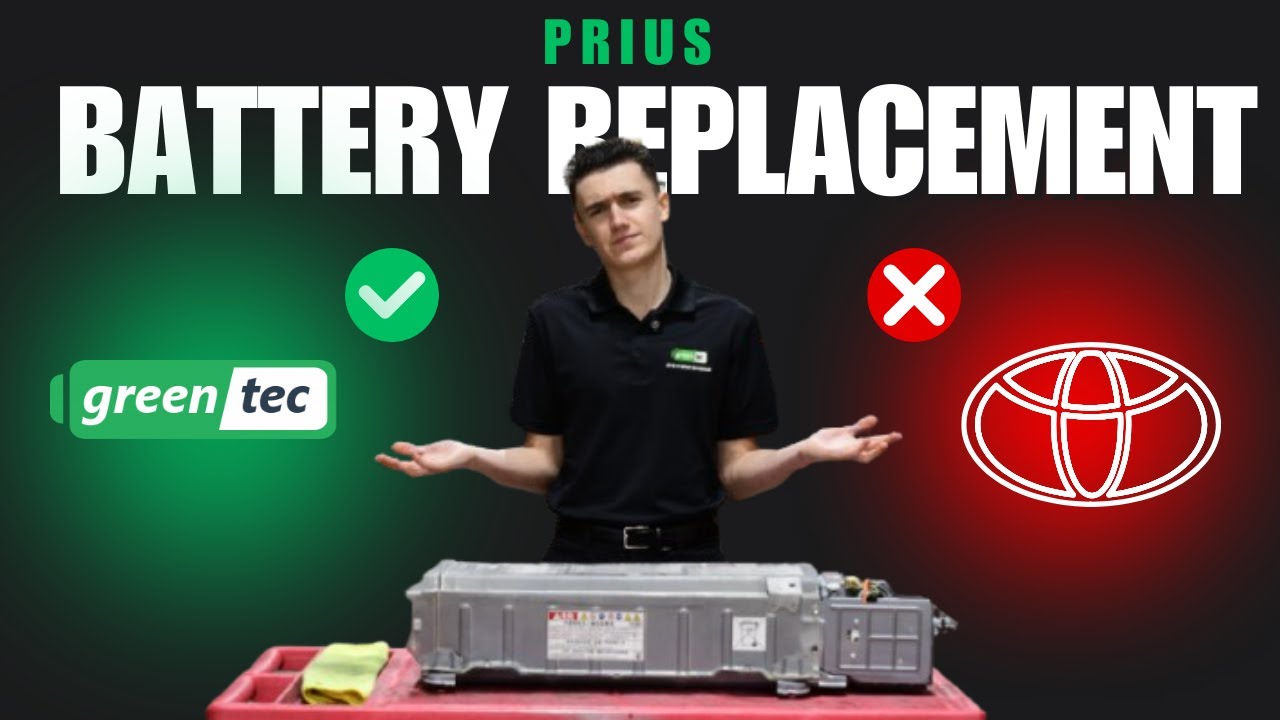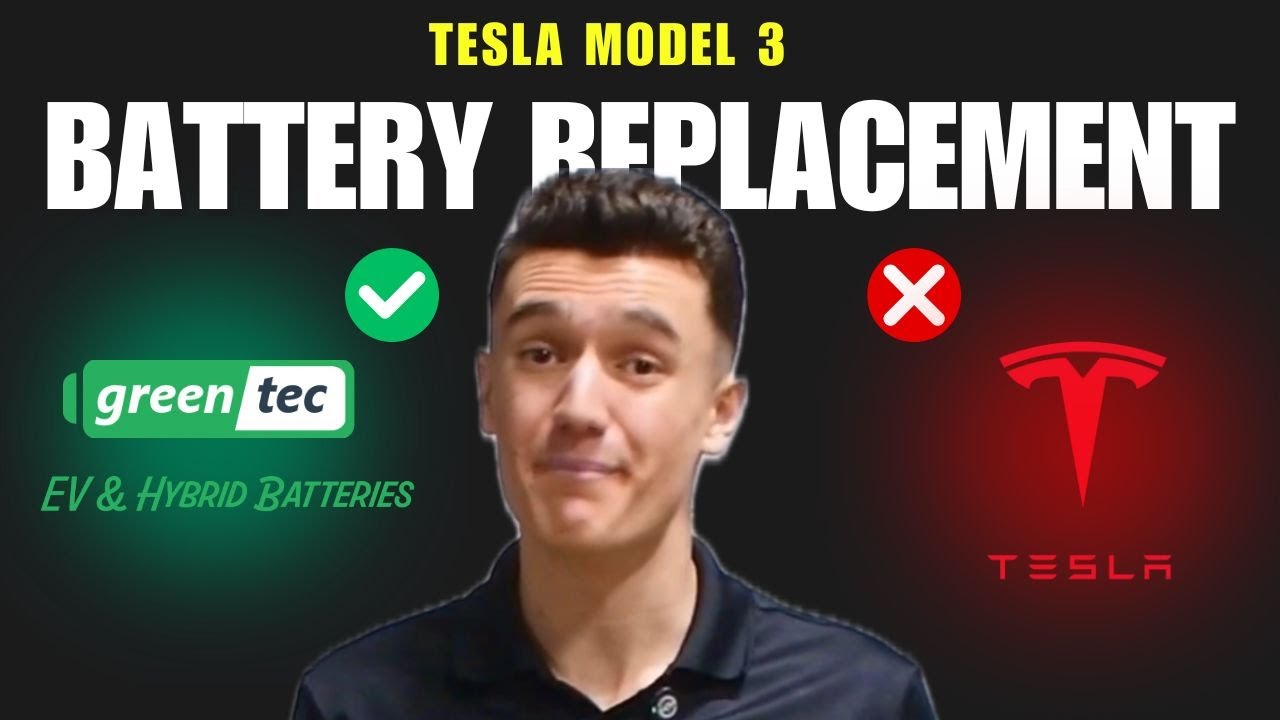In a fascinating discussion with John, a pioneering innovator in the hybrid vehicle space, we delved into the evolution and future of hybrid and electric vehicles. John’s journey began in 2013 with a simple 3D-printed solution for Honda Insight owners, which led to groundbreaking developments in battery systems and hybrid technology.
From DIY to Innovation
Starting with a cost-effective fix for a trunk latch issue, John went on to develop sophisticated systems including a lithium battery conversion for the Honda Insight and a manual IMA controller, effectively modernizing one of America’s first hybrid vehicles. His work demonstrates how grassroots innovation can drive significant improvements in automotive technology.
The Recycling Revolution
One of the most pressing concerns in the EV industry is battery sustainability. John emphasizes the importance of battery recycling and recovery, noting that it’s far more environmentally friendly than extracting new materials. The process of grinding down and recovering materials from old batteries could significantly reduce the need for new lithium extraction, whether from salt flats or oceanic sources.
The Reality of an All-Electric Future
While many governments are pushing for all-electric vehicle mandates, John presents a more nuanced view. He believes a 100% electric future is unlikely, citing specific use cases where traditional fuel sources remain necessary. Instead, he envisions a future where electric vehicles dominate where practical, while other solutions persist for specialized needs.
The Community Factor
What stands out is the passionate community surrounding hybrid vehicles, particularly the Honda Insight. With only 17,000 examples produced, almost every surviving Insight has been modified by its owner, creating a unique ecosystem of innovation and experimentation. This community-driven development has led to numerous advances in hybrid technology.
John’s current focus is on expanding his successful Insight projects to the more widely-adopted Prius platform, potentially impacting millions of vehicles. His work demonstrates how individual innovation can scale to create broader environmental and technological impacts in the automotive industry.
The hybrid and electric vehicle landscape continues to evolve, driven by innovators like John who bridge the gap between DIY solutions and commercial applications, ensuring these vehicles remain viable and sustainable transport options for years to come.



